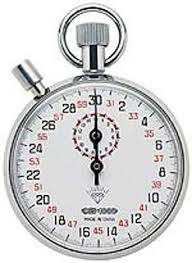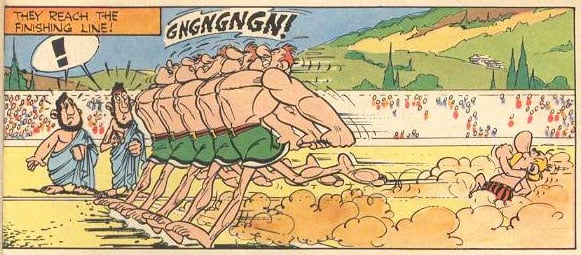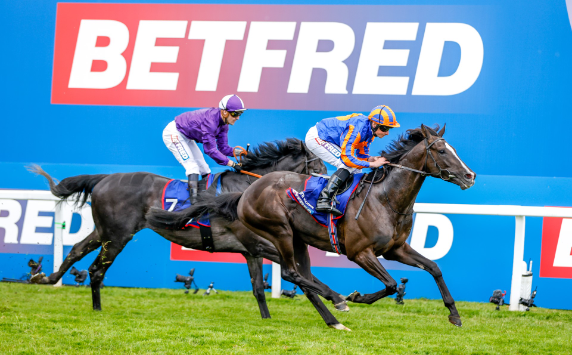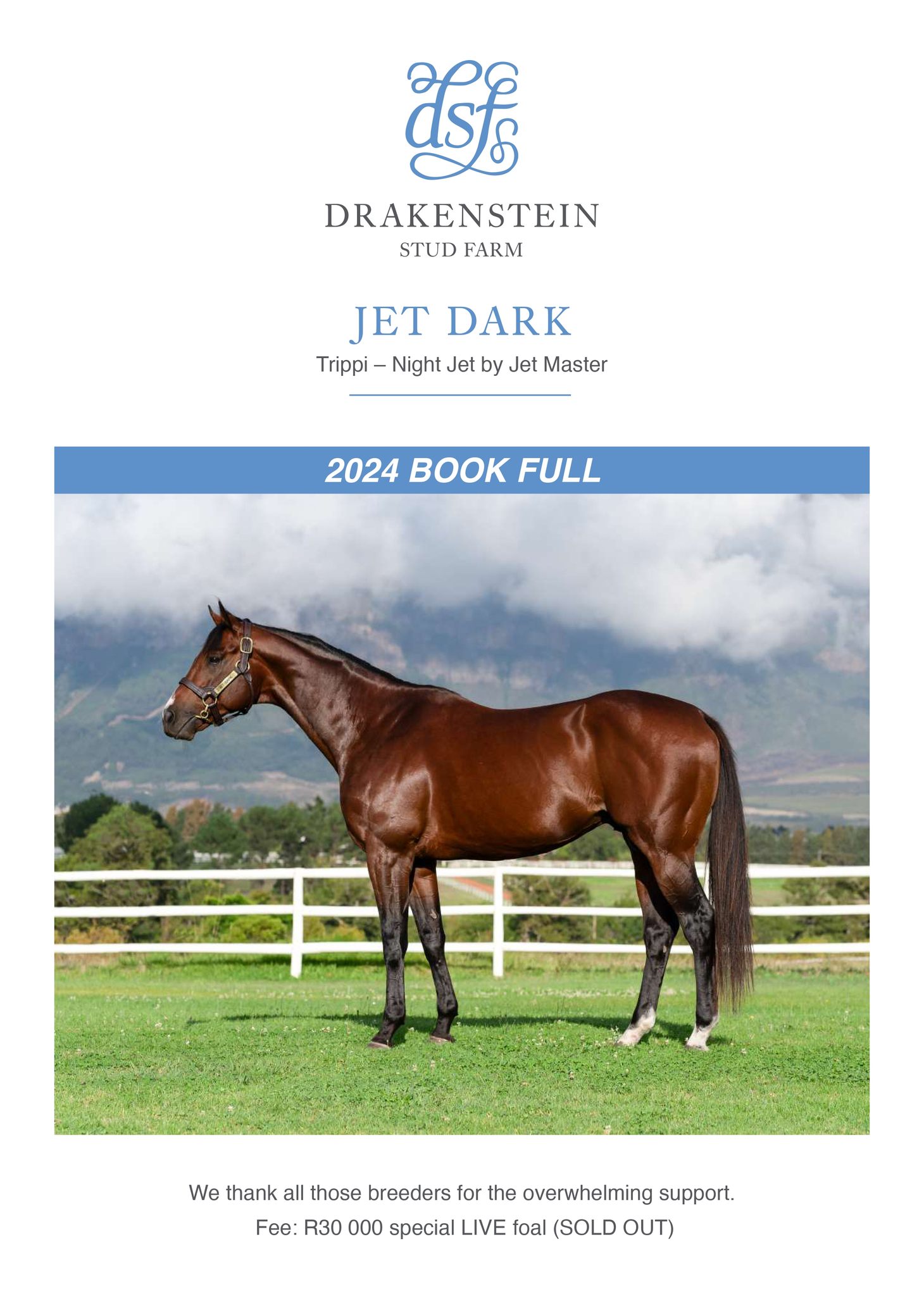 Ratings allocated in feature races by the Official Handicapper has raised eyebrows in recent weeks.
Ratings allocated in feature races by the Official Handicapper has raised eyebrows in recent weeks.
Impressions are that the officials staunchly use internationally accepted calculations to evaluate race results, but pay scant attention to the way races are run.
Weekly comments on allocated ratings issued by the handicapper make no mention of pace.
Yet pace is as significant to the outcome of races as weight carried by the runners, writes Karel Miedema.
Pace can be defined as the time it takes to cover a given distance, compared to a pre-determined average time for the same distance.
Pace can be slow, or fast, or anything in-between.
It is important to find out how the final pace-time is arrived at.
- Was it even throughout?
- Was it fast early on, and slow near the end?
- Or the other way round?
The final pace-time for all these races could be the same, but when broken down in parts these will be entirely different.
Pace begins from a standing start, as the gates open.
- The first 200m to 400m determines how the race is going to be run. It is the crucial part, where jockeys will shine or fail – not always of their own making.
- The next stage will have a front runner, alone or in company, who sets the pace – slow, fast, or anything in-between.
- Then comes the charge for home, probably between 600m to 400m from the finish. This is where the pace will be fastest, almost always.
- Finally, in the last 200m all horses slow down, without fail. Visually some may be seen to accelerate, but this is deceptive – they just slow down at a lesser rate.
 To get a handle on all this you need binoculars and a stopwatch, to take split-times as the front runner passes through pre-determined distance markers – which aren’t always easy to pick out, as racecourse management tends to give little help in this regard.
To get a handle on all this you need binoculars and a stopwatch, to take split-times as the front runner passes through pre-determined distance markers – which aren’t always easy to pick out, as racecourse management tends to give little help in this regard.
Split times (or sectional times as they are called nowadays) are the key to understanding what really happens in a race.
This was my normal racing diet in the Eighties & Nineties and beyond – a lone cowboy in the coral of racing scribes. Standing in the press box at Kenilworth and Milnerton, tight-knuckled not to miss the front runner passing through the first 400m, then 600m, 800m, 1000m and the excitement when the rush for home would begin. No instant replays in those days, if you missed it there were no second chances. Taking down the sequence of splits after the race was riveting – every race so different!
It is essential to have some sort of shorthand for the different varieties of pace. When studying form in times ahead, this will give instant recognition of how serious a race result should be taken.
There is a simple exercise to help everyone understand the effect of pace. Take a piece of string. Tie one end round the top of your middle finger, and a lightish weight at the other end. Let the weight hang down from your outstretched finger, while keeping your arm horizontal. Now move your finger down, then up again, down, up, down, up, and so on. Do this for a (properly timed) minute or two, in three different ways: at an even pace, not too fast, not too slow; then beginning fast and try to keep that up (you will slow down!); and finally, starting slowish and moving up your speed gradually to top speed. Count the up-down movements as you go and record how many you can do in the time you set. You’ll find that energy is most economically spent when the effort is even, without extremes.
I have a handful of notations for pace.
The first is ‘ok’. It denotes an even pace throughout the race, and helps every horse in the race to perform to its best ability.
- There are two variations to ‘ok’, which are ‘gs’ (good to slow) and ‘gf’ (good to fast).
- The ‘gs’ denotes a relatively slow, even pace, and is mostly encountered in lower class races, where horses generally are below average ability.
- The opposite is ‘gf’, which denotes an even, fast pace. This category can be linked to the saying ‘There’s no horse as difficult to beat than a front runner which doesn’t stop’. I recall a grey sprinter trained by Guy Rixon, Heavenly Boy, who barely stayed 1000m. He used to take the lead and set a murderous, even pace which none of his opponents could match early on. It didn’t matter how much weight the handicapper put on him, it was his pace that made him such a regular winner – for to beat him, the others would have to run below-record times, a physical impossibility. Heavenly Boy won his races at the start.
For races not run at an even pace there are three options, all with the letter ‘F’ for ‘false’.
- ‘Ff’ is ‘False fast’, when a lone front runner gets away and the rest of the runners play a waiting game, in the knowledge that most often the front runner will run out of steam. But the playing the waiting game means going too slow, which then results in a sprint for home – which anyone can win. Sometimes the front runner leads at a good, even pace and can’t be caught. There’s an analogy here with cycling – in the Tour de France this Ff scenario is commonplace and most of the time the peloton gets there where it matters.
- ‘FS’ is ‘False Sprint’, when there’s no real pace in the early and/or middle stages of a race. There will be a sprint for home, where if the field isn’t bunched, those racing handy are at a distinct advantage – they’re not stopping late like they would in a race run at true pace! Horses coming from behind are disadvantaged because they simply can’t run fast enough, even if they still have plenty energy left. Horses who manage to get close coming from behind in such races are worth following. I found River Jetez that way, to win the Met. She’d come from last at her previous start in a ridiculously slow run Paddock Stakes, to get within a length of winner Mother Russia, showing that she was a the top of her form. Most experts were unimpressed and gave her little chance in the Met on that showing, despite her being 2kg better off at the weights. River Jetez won the Met at 16/1!
- Finally ‘F’ which simply is ‘unexplainable false’ – you know the race was not run at an even pace, but there were lots of pace changes in the race. Nothing fits the categories described earlier.
The most important question a serious handicapper has to ask about a race is ‘if this race was run again, at an even pace throughout, will the result likely be the same?
If the pace notation as outlined above has the big ‘F’ in it, the answer to that question is ‘probably not’.
Which means that whatever ratings are applied to the result, chances are they won’t work out in time to come.
And that in turn suggests that changes to ratings must be treated very conservatively, to err on the side of caution. Ratings that are raised too high are much more difficult to rectify (they have a ripple effect) than ratings that are too low (one or two more runs will clear the picture).
The Official Handicapper deals in futures. It is his task to produce Ratings which apply to future handicap (!) races, not races past, or non-handicap races.
The objective must be to weight a future handicap race so that all entrants perceive to have a winning chance (in turn giving larger fields) and punters perceive the race to be competitive (in turn giving an open betting market and no short-priced favourite). Perception is the name of the game.
So when evaluating races run at a False pace, where the traditional post-race rating method is just not feasible, the Handicapper must be allowed to use discretion. There should be no reason to rigidly have to pick a ‘line-horse’, and no reason to stick rigidly to the weight/beaten lengths relativity of the ‘raw ratings’ from the race result.
In other words, for False run races with their unreliable results the Handicapper should have the freedom to ‘make things up’. Given that freedom, it is highly likely that the Handicapper will rate conservatively rather than on the fly. With freedom comes responsibility!
How significant is the influence of pace in the South African context?
The short answer is: very. It’s a knock-out.
- In the 15-month period from August 2018 the split shows 26% ok, 28% F, 38% FS and 8% Ff for all races (the number of gf and gs races was small enough to be ignored here).
- For handicap races alone the balance is 25% ok, 25% F, 45% FS and 5% Ff.
Be aware that pace will influence staying ability, as well as weight-for-age – which carries with it a distance component. And, of course, the relationship between weight and beaten lengths at the finish.
Real handicappers ignore the effect of pace at their peril!
Footnote: Pace and the effect of it on ratings is a regular feature in the SP Digest. It’s analysed for all black type races. Look out for it!









